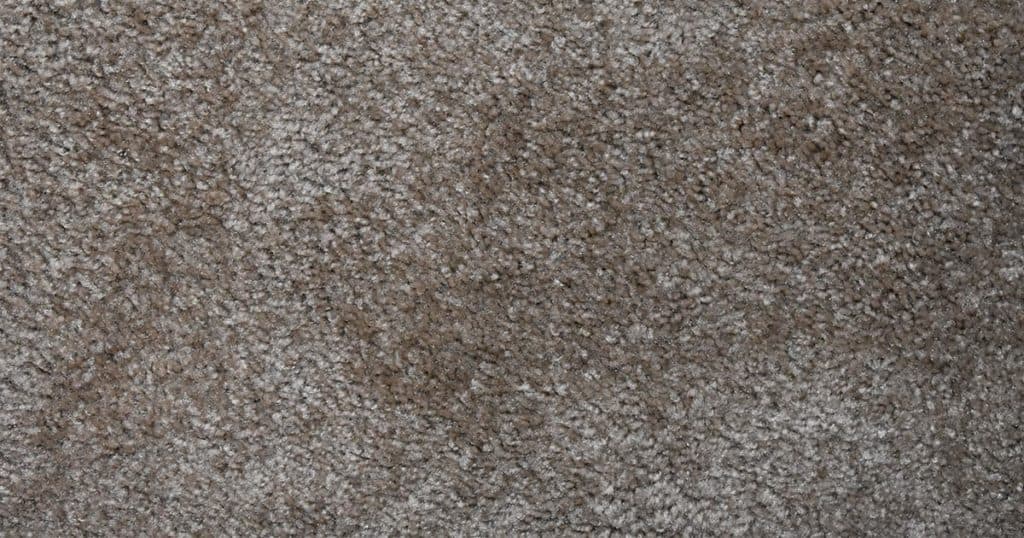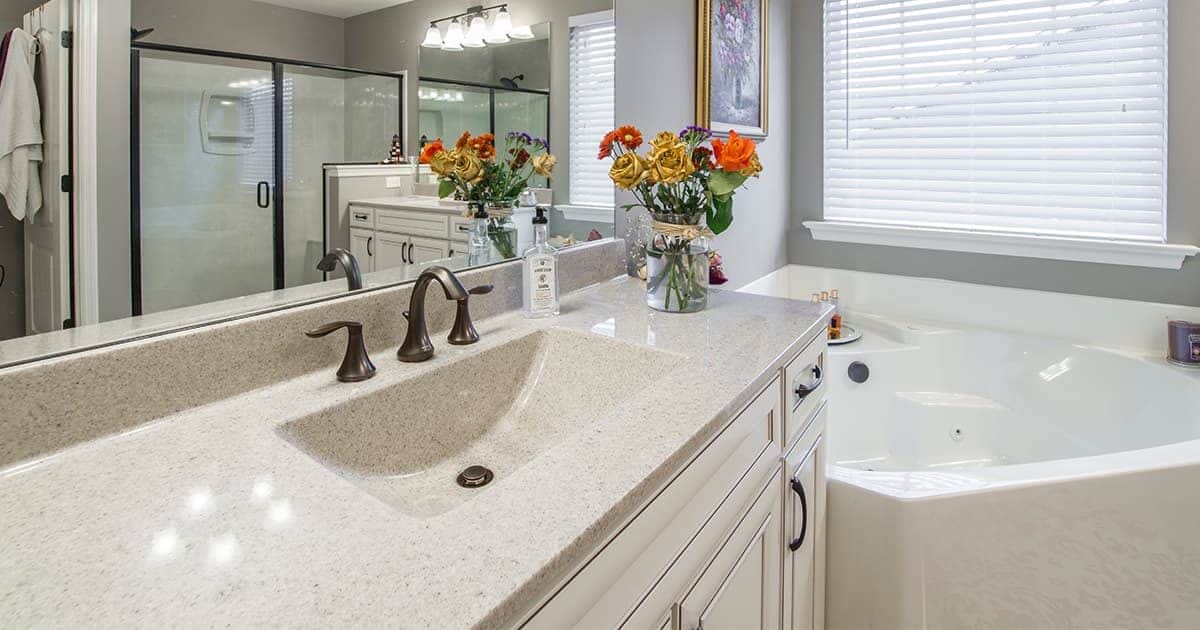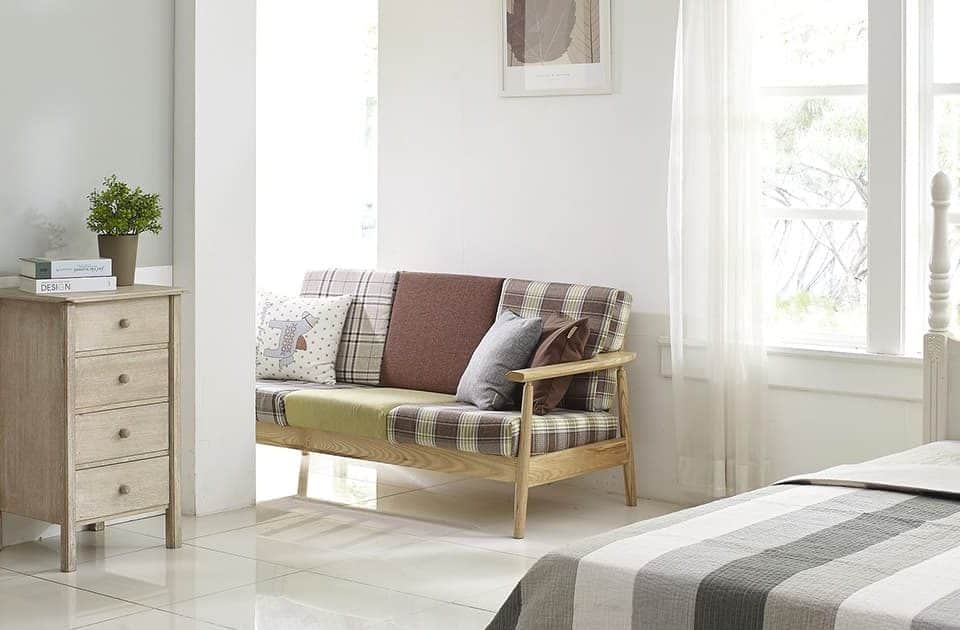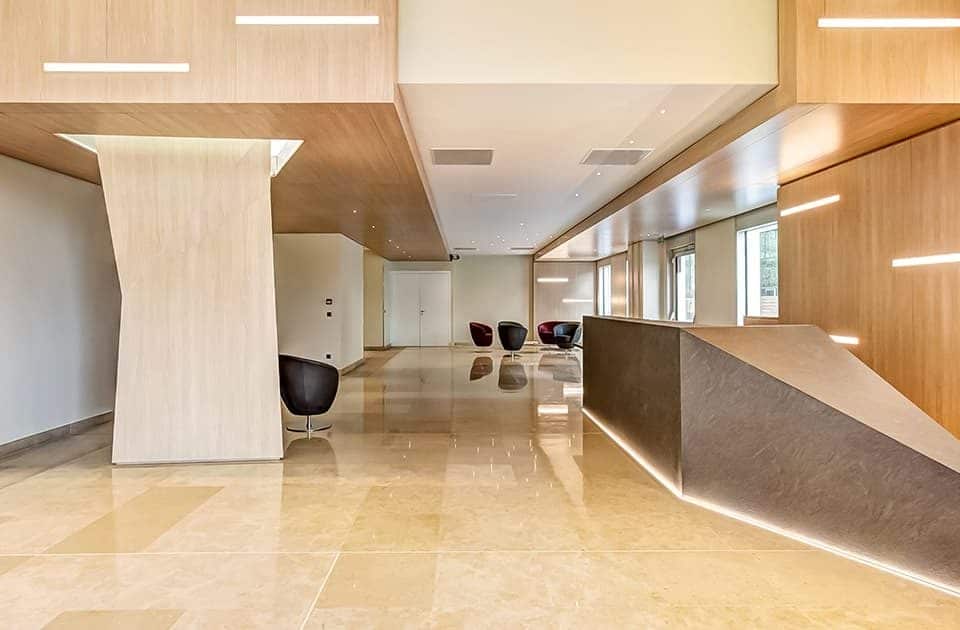How to Make Carpet Work in a Bathroom

How To Design A Commercial Bar: A Mini Guide
4th July 2019
6 Tips for Designing the Perfect Reception Area for Your Business
30th July 2019Many people will shy away from carpets in a bathroom, and an interior design company might suggest a hard flooring alternative. However, if you’ve got your sights set on carpet for your bathroom design, there are a few clever tips and tricks to make it work. As bathrooms are high-moisture environments due to the showers and baths, it is a common problem that this moisture can cause mould and mildew under a carpet. When it comes to bathroom design, carpeted floors were once a common trend, and like all trends, we expect to see it come back around again soon. If you’re dreaming of stepping out the bath or shower onto a soft and luscious carpet, then read on for our expert advice on how to make carpet work in a bathroom.
Choose Loop Or Needle-Punch
It is vital that you choose an appropriate carpet style for your bathroom design. While loop and needle-punch styles might not instantly spring to mind when you think of luxurious carpets; they have a pile that stays flat and low. This makes them ideal for use in the bathroom as they won’t collect too much water and can dry out quickly.
Needle-punch is basically an outdoor carpet material, and there are some more modern and contemporary looking outdoor berbers available. These are lush and thick enough to feel like classic indoor carpets but designed to be thin enough to dry out quickly.
Consider Low Pile

Although you might want a lovely thick carpet under your feet, the thinner the carpet you choose for your bathroom, the less moisture will be absorbed. By opting for a low pile carpet, it will dry out faster and reduce the chance of mildew and mould growth.
Install Carpet Squares
Carpet squares are often considered a thing of the past, but this retro look has some serious benefits when it comes to bathroom design. If your bathroom carpet does become damaged and mouldy, it will be an expensive and time-consuming job to pull it all up and start over again.
When you have carpet tiles, you can remove and replace each tile individually whenever you need to. They are also super fast drying because of their low pile finish and made from 100% nylon. Carpet tiles are simple for you or an interior design company to install, as you just peel off the backing cover to reveal the adhesive side.
Prepare With A Water-Impermeable Subfloor
Give your bathroom carpet the best possible chance to work right from the beginning. If you can, then install carpet directly onto a concrete subfloor. If that isn’t an option at your property, then lay a concrete backer board before having the carpet fitted. This will help to combat against moisture in the carpet and reduce the chance of mould and mildew developing.
Remember Carpet Adhesive
Some carpet adhesives may be prone to dissolving when they come into contact with water, which is not ideal for use in a bathroom. Choose an indoor/outdoor carpet adhesive that won’t dissolve. A solvent-free, commercial-grade carpet adhesive that is water resistant is your best choice for your carpeted bathroom design.
Keep It Clean
Mould is not only caused by moisture and water and getting into the carpet. If there is dirt and grime sitting in the carpet, it will be more prone to developing mould and mildew over time. Be careful to regularly vacuum and clean your bathroom carpet, to reduce the risk of damage.
Get A Bath Mat
It might seem like a silly idea to put another form of carpet over the top of your bathroom carpet, but by laying a bath mat, you can prolong the life of your flooring. By adding another top layer, you will catch most of the water in the bath mat when you get out of the bath or shower. This protects the carpet below, and a bath mat is much easier to wash and keep dry than the entire fitted carpet.
Minimise The Moisture
No matter the style or type of carpet you choose for your bathroom, it could still be subject to damage from being in a high moisture area. It is important you do everything you can to reduce the amount of moisture in the area. Ensure your shower or bath is completely free of any leaks, and regularly keep windows open when you can. Be sure to clean up any puddles of water that do occur on the carpet, just as you would on hard flooring.




